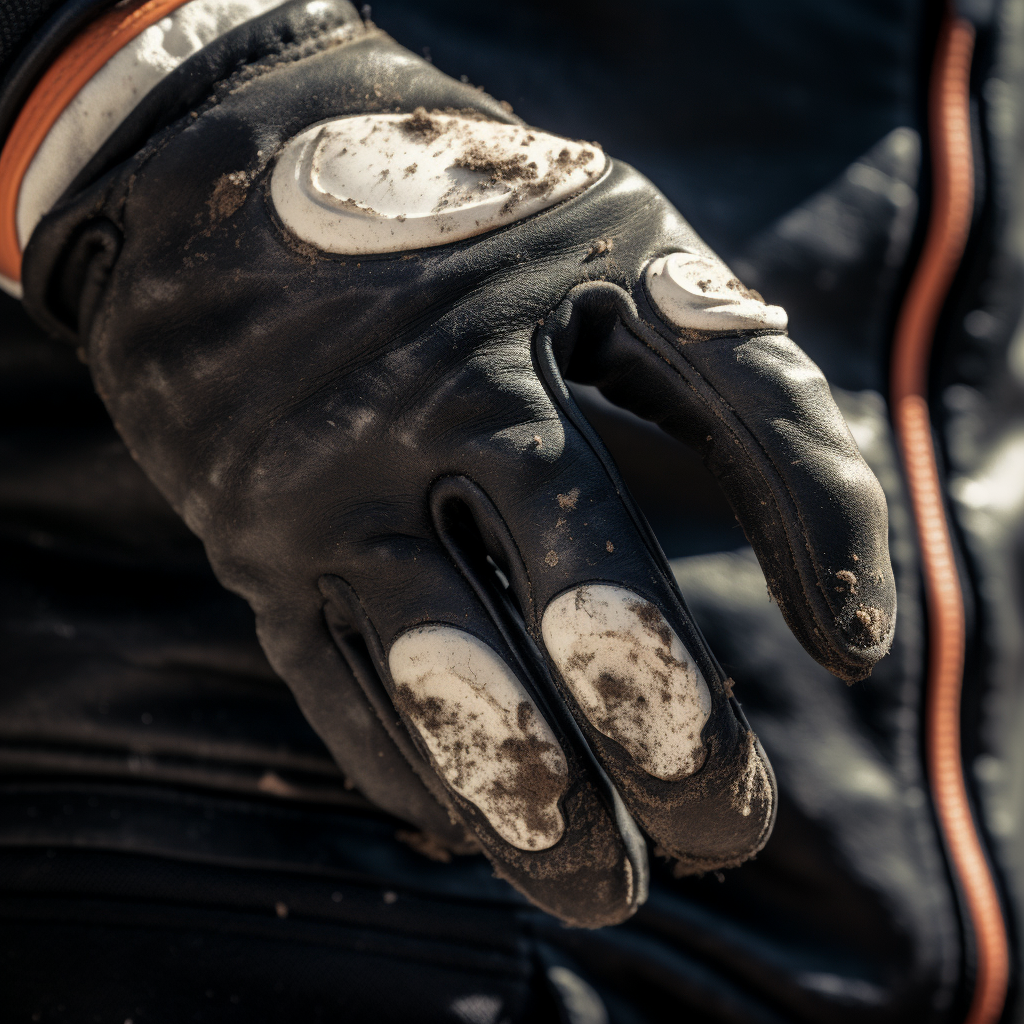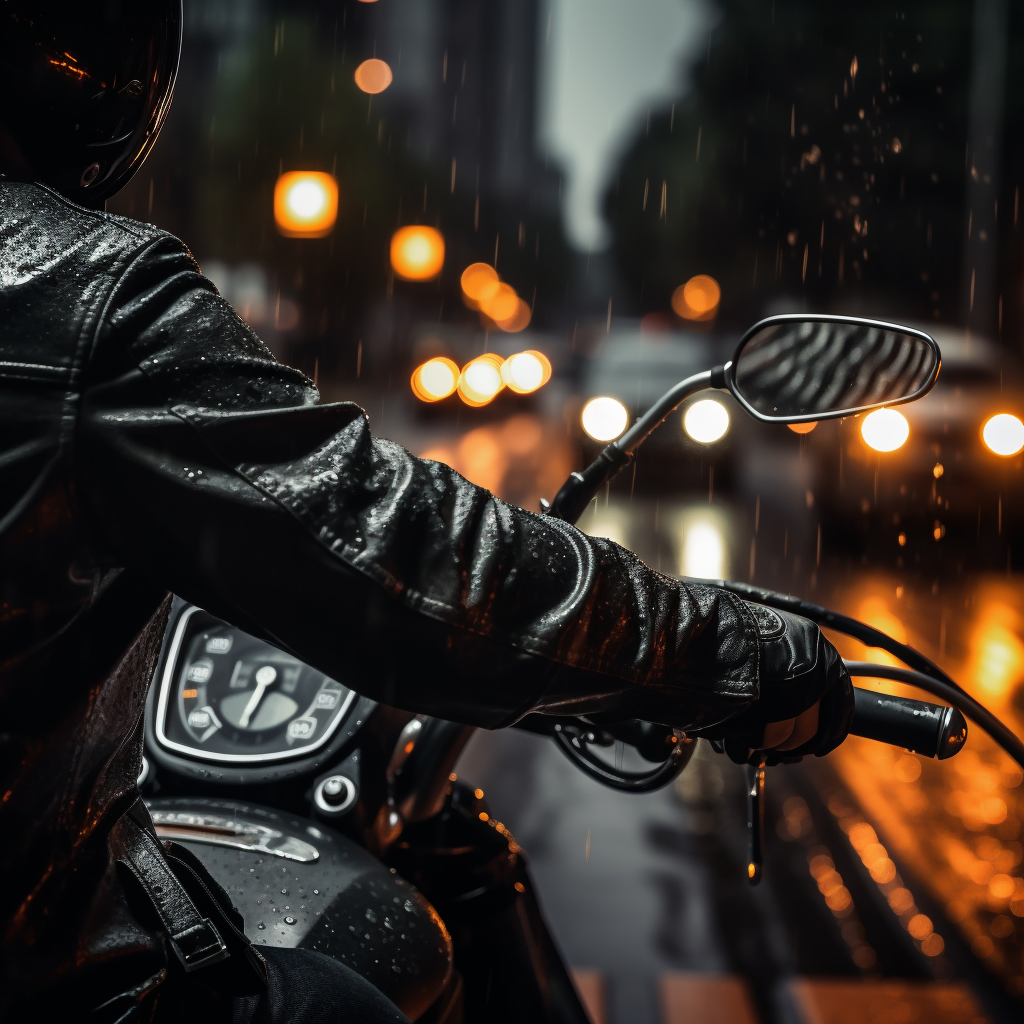Motorcycling offers a sense of freedom that’s hard to match. However, it also comes with its own set of risks. As a rider, it’s crucial to understand these risks and take steps to mitigate them. This article will highlight key facts about motorcycle safety and the role of other drivers in accidents, with the aim of helping you stay safe on the road.
Enhancing Visibility
One of the most significant challenges for motorcyclists is visibility. The failure of motorists to detect and recognize motorcycles in traffic is a predominant cause of accidents. Often, the driver of the other vehicle involved in the collision with the motorcycle does not see the motorcycle until it’s too late to avoid the collision.
To combat this, it’s crucial to enhance your visibility on the road. One effective way to do this is by using your motorcycle’s headlamps during daylight hours. Additionally, wearing high-visibility clothing in colors like yellow, orange, or bright red can make a significant difference. Remember, the more visible you are, the less likely you are to be involved in an accident.
Understanding Other Drivers' Behavior
Understanding the behavior of other drivers can also help you stay safe. The most frequent accident configuration is a motorcycle proceeding straight while an automobile makes a left turn in front of the oncoming motorcycle. Intersections are particularly risky, with other vehicles often violating the motorcycle’s right-of-way and traffic controls.
Drivers aged between 20 to 29 and those over 65 are overrepresented in accidents involving motorcycles. These drivers are often unfamiliar with motorcycles and their driving behaviors. As a motorcyclist, being aware of these facts can help you anticipate potential risks and react accordingly.
Importance of Training and Protective Gear
Training plays a crucial role in motorcycle safety. Riders with training experience have lower accident involvement and reduced injuries in the event of accidents. If you’re a new rider, consider taking a motorcycle safety course. Even experienced riders can benefit from refresher courses.
Wearing the right gear is equally important. Safety helmets are the single most critical factor in preventing or reducing head injuries. Helmets do not limit your pre-crash visual field or cause any fatigue or loss of attention. In fact, helmeted riders show significantly lower head and neck injuries across all types of injuries and at all levels of injury severity.
Other protective gear, such as heavy boots, jackets, and gloves, can prevent or reduce abrasions and lacerations, which are common but rarely severe injuries. Full facial coverage helmets offer increased protection and significantly reduce face injuries.
Pants
Protective pants shield skin when sliding across asphalt, guard against cuts and gashes on impact, and reduce the risk of burns from the engine and exhaust pipe.
If you crash at 80km/h, protective pants that are highly rated by MotoCAP protect you for the 3.1 second crash time. Casual (non-protective jeans) only protect you for 0.6 seconds in a crash at 80km/h.

Jacket
A jacket protects your arms and torso from abrasion. Impact protectors (body armour) in the elbows and shoulders of the jacket can help to reduce the likelihood of fractures to these joints.
If you crash at 60km/h, a jacket that is highly rated by MotoCAP protects you for the 2.37 second crash time. A casual hoodie will only protect you for 0.03 seconds before its seams burst open, exposing your skin.
Gloves
Motorcycle gloves protect your hands from abrasion and cuts if they contact the road. A secure fastening mechanism above the wrist will keep the gloves on your hands and impact protectors on the knuckles help shield them.
If you crash at 80km/h, gloves that are highly rated by MotoCAP can protect your hands for the 3.3 second crash time.

Victoria, Australia’s Transport Accident Commission (TAC) has launched a graphic, hard-hitting motorcycle safety campaign, altering riders to the importance of wearing protective gear on every ride.
Forewarning, it is graphic
Conclusion
Motorcycling can be a thrilling experience, but it’s essential to prioritize safety. By enhancing your visibility, understanding other drivers’ behaviors, getting the right training, and wearing appropriate protective gear, you can significantly reduce your risk of being involved in an accident. Remember, staying safe on the road is a continuous process that requires your attention and commitment. Happy riding!

